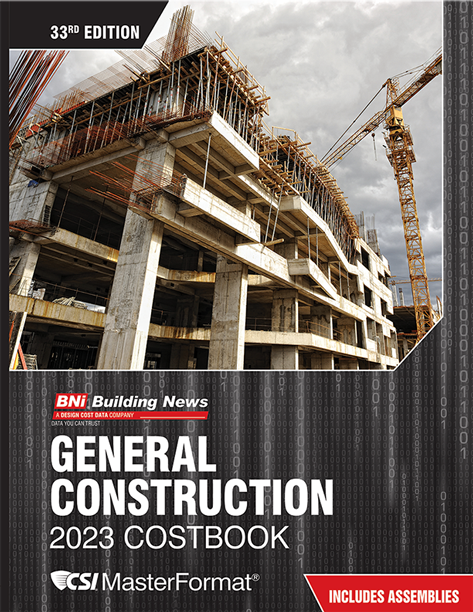Outside corners
"... Another problem we have always had in our home is with the corners of the walls. The plaster comes off and you can see down to the metal. Through the years I have repaired these corners often. Should I use mesh to cover the exposed metal or repair them some other way?"
Janie
From my experience, I have seen outside corners treated several ways. With smooth coat finished walls, the plaster is usually finished cleanly into the bead and the exposed strip of metal that's visible is primed and painted along with the wall. With textured finishes, however, I have seen the corners finished out two ways-the first is exactly as a smooth finished wall, with the metal strip left unfinished on all corners. This is especially true of homes that have had a colored tint added to the plaster and where the homeowner wants to keep the original plaster color intact without painting.
The situation Janie is describing sounds like the plasterer has allowed the plaster to overrun the bead and cover the metal edge. This will lead to problems eventually, such as the ones described. The plaster will chip and crack off of the metal with bumps and other types of impact to the corner. The solution I recommend is to scrape the plaster off the bead to expose the metal.
Follow this with priming and painting. If the home has original tinted plaster, then try and match up the color and get a little paint and apply it to the metal on the corner with a small paintbrush.
Bonder and resurfacing
"Robin, I recalled reading your article on plastering old and damaged plaster. I just looked at a job that looks pretty much like your pictures. In your article you mention a ‘sealer' that was noted in June's issue. Can you send me a note on what that sealer is? Also, you mention a basecoat with an embedded mesh. Are you referencing an EIFS mesh? Prior to finalizing a price and possibly laminating 1/4- or 3/8-inch drywall over all the plaster, I think the owner would prefer to preserve the existing plaster."Mike N.
First, there are several acrylic-latex-based sealers available on the market. Ask a local supply house if they carry any of these.
On resurfacing, I have been using EIFS mesh along with Kal-Kote basecoat by National Gypsum. After applying the bonder, I wait an hour and then coat the surface with basecoat, embedding the mesh as I go. I have been cutting the mesh into 3- to 4-foot sections, the width of the roll of mesh, which is about 3 feet. After sticking the mesh into the basecoat, I run another thin coat over the mesh with the same batch of basecoat. This is followed by a coat of Kal-Smooth finish, or whatever texture you are trying to produce for the final finishing of the area. Some people prefer a harder smooth coat, using lime and gauging.
On the last point, I think those who read my column know by now that I am a "pro resurfacing" kind of guy. I like to preserve the old, existing plaster wherever possible. Let me add one more point about resurfacing since you've brought it up.
Keep in mind that a bonder is only as good as the existing surface. It should be sound, and most importantly, clean. Now here's one that has thrown a few people: The surface is sound, but they have had trouble with de-lamination because of something very weird happening. Here are two scenarios they run into:
Old board: Either drywall that's been hung in a garage or some room that's been up and exposed for a long time to the sun or just plain old age wise. Even bonding the ceiling with an acrylic-latex bonder isn't enough to provide a good surface for the plaster to stick to. Solution: I would use a sealer, such as Gardz by Zinsser, or a similar damaged drywall sealer. I apply this over the area and wait 24 hours and then apply the bonder over this. It takes a little more time and effort to roll the bonder over this sealer but it's worth the effort. There's nothing worse in my book than de-lamination.
Paneling: For some reason, paneling can cause problems. I've been told it's the residue from the paneling that's left behind, possibly a formaldehyde residue. I don't have a clue what it is. The solution I have found is to be cautious and safe. If paneling has been pulled off a wall surface, I usually play it safe and apply the sealer first, then follow with the bonder before plastering. Another procedure is to use TSP on the wall surfaces and clean them thoroughly before using the bonder. I've done this and it's worked well, especially when the surface underneath the paneling is a textured surface such as sand finish or knock down texture, which provides something for the plaster basecoat to grab on to.
I would re-board the walls and/or ceilings if I couldn't be 100 percent sure that the surfaces were sound and/or able to be cleaned sufficiently. I had one experience when I decided to re-hang a ceiling simply because the homeowner had used straight ivory soap on a mop to "clean" her ceiling over the years. The build-up of soap was so thick that after three washings Mr. Bubbles was still hanging around.
I figured the only way to get it all off was a fire hose (not an option), so I decided to re-hang the ceiling and that turned out great; end of bubble trouble.
The winner of this month's T-shirt is Richard Wooddell of Brooklyn, N.Y. Until next time, Ride the White Wave.


Report Abusive Comment